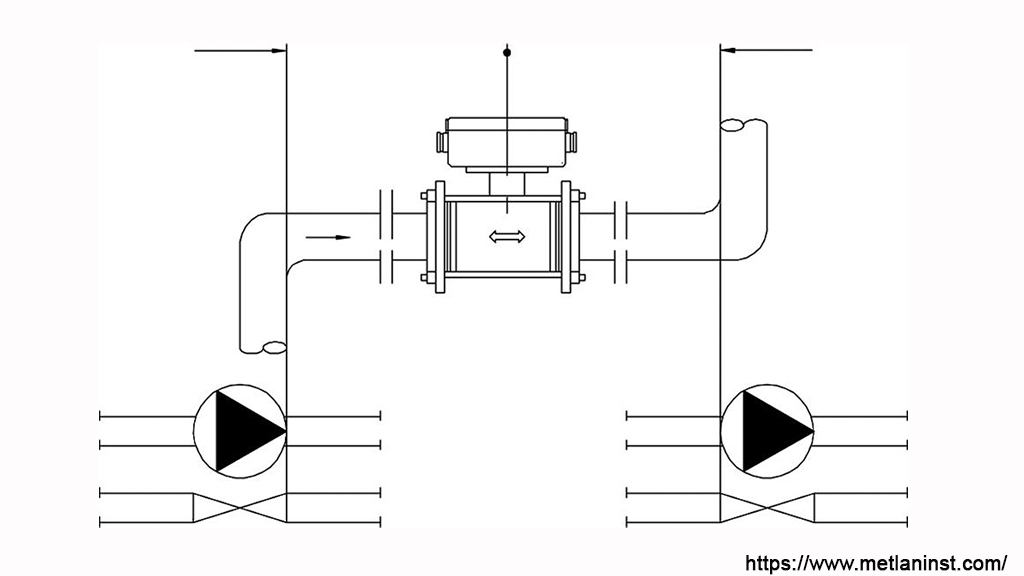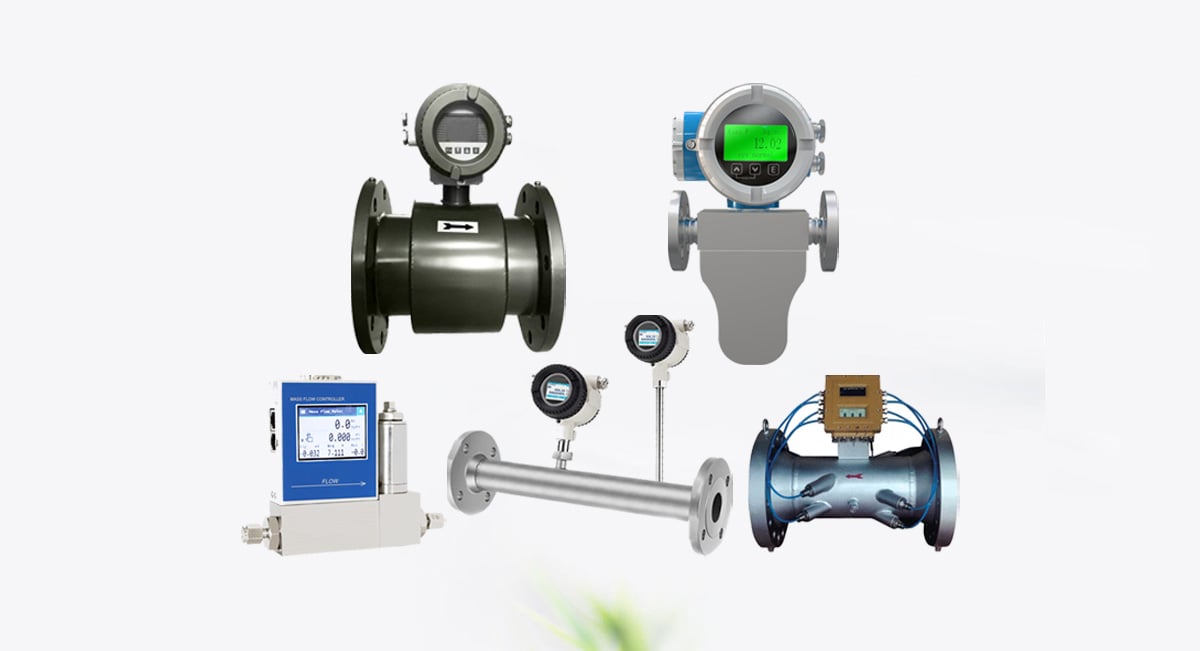Troubleshooting electromagnetic flow meters can involve a variety of factors, with improper installation being one of the most common causes. The following outlines the types of faults caused by improper installation, along with a case study.
Common Installation Issues:
- Mismatch Between the Flow Meter and Pipe Inner Diameter: If there is a significant difference between the inner diameter of the flow meter and the connecting pipeline (according to ISO 9141:1991, unless otherwise recommended by the manufacturer, the pipe diameter should not be smaller than the inner diameter of the flow meter, nor should it exceed 3% of the inner diameter).
- Gasket Protruding into the Flow Path: When the gasket protrudes into the flow path during the connection of the flow meter to the pipeline, it can obstruct the flow measurement.
- Flow Disturbance Caused by Upstream Fittings: Irregular or swirling flow caused by upstream fittings, or insufficient straight pipe length before the flow meter, can significantly distort the flow velocity distribution.
These installation issues can result in measurement discrepancies and, in some cases, cause output fluctuations or instability.
Case Study:
In a water treatment plant in Shanghai, two series-connected DN400 electromagnetic flow meters were used to measure finished water in two pipelines. The first flow meter was located approximately 5 meters downstream of a fully open butterfly valve, with the second flow meter located about 2.5 meters further downstream. The upstream straight pipe section was slightly insufficient in length. After commissioning in 1997, a 15% discrepancy between the readings of the two flow meters on one pipeline was observed. Six months later, the discrepancy reduced slightly to 10%. Despite comprehensive inspections and analyses, the cause of the fault could not be identified, and the issue remained unresolved.
It wasn’t until late 1998, when the flow meter was removed, that large chunks of cement lining were found to have fallen off in the inlet pipeline, accumulating up to 300–350mm in height. These deposits severely distorted the flow velocity distribution entering the flow meter, with an obstruction in the lower part of the pipe blocking about 0.25D of the flow cross-section. Once the obstruction was cleared, the measurement returned to normal. The reduction in the discrepancy from 15% to 10% can be explained by the initial height of the accumulated debris being higher than 300–350mm, which decreased over time due to the flushing effect of the flow, resulting in a reduced discrepancy.
Conclusion:
When installing flow meters, it is essential to ensure that the pipe diameter matches the flow meter’s inner diameter, avoid interference from gaskets in the flow path, and ensure that the straight pipe section is of sufficient length. For large-diameter flow meters, internal inspection of the pipeline should only be conducted after stopping the flow. This procedure is typically performed as a last resort after other potential faults have been ruled out.









Leave a comment